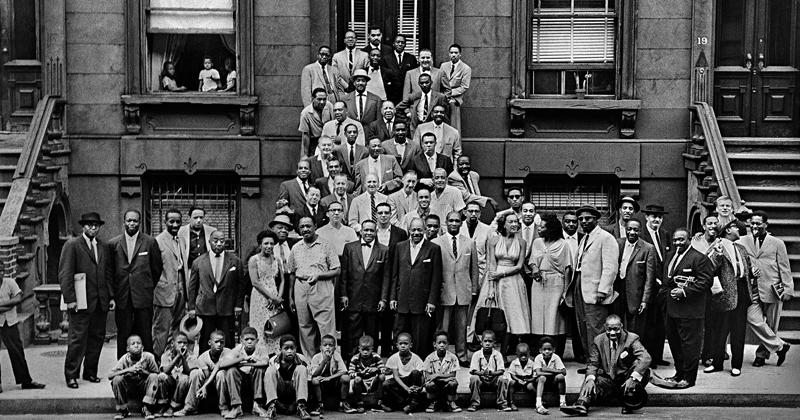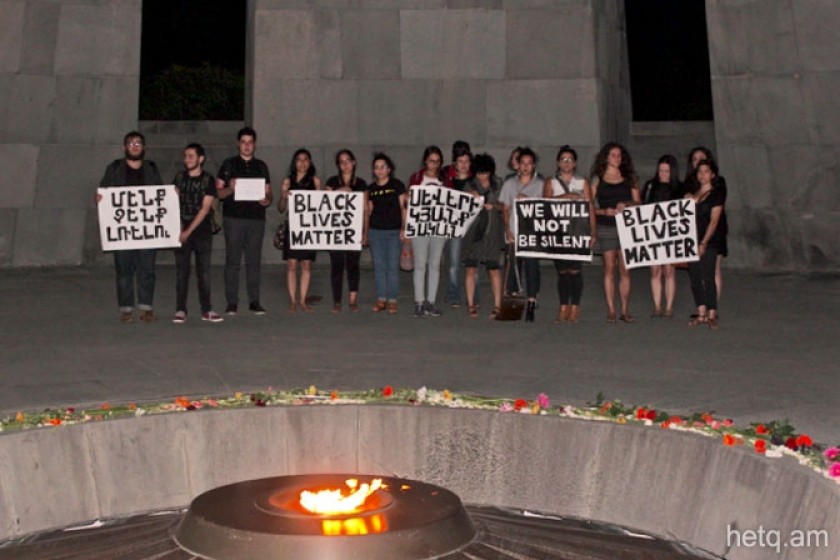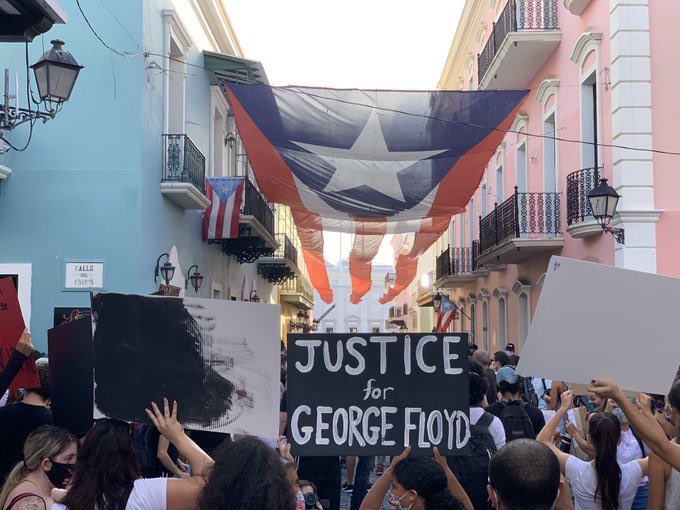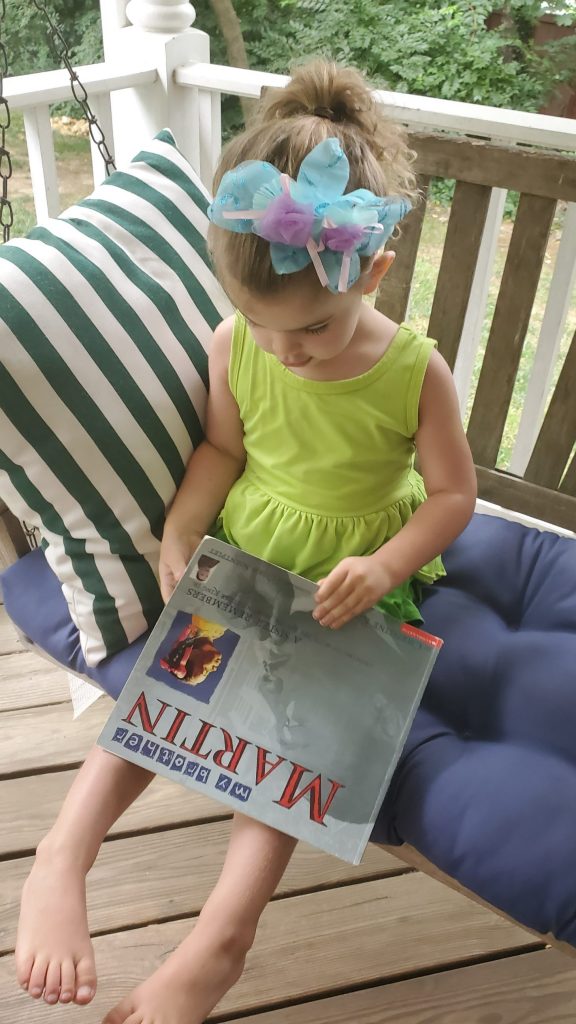
Everyone reading this blog knows that reading is a good thing (I hope), but just how good is it? Let us count the ways.
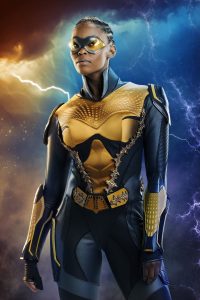
1) Activates existing neural pathways in the brain. Complex poetry, in particular, keeps the brain active and elastic. For example, reading 30 pages of a book the night before having an MRI resulted in heightened connectivity in the left temporal cortex, associated with language and intelligence.
2) Maintains and improves brain function. Frequently exercising the brain by reading decreases mental decline in the elderly by 32%. Elderly patients who regularly read or play mentally challenging games are 2.5 times less likely to develop Alzheimer’s. Memory is improved at every age.
3) Reading is good for mental health. Depressed patients who read—or have stories read aloud to them—report feeling better and more positive about things. Research has indicated that reading can reduce stress by around 68%. Making a habit of reading a physical book before bed can improve sleep. (Reading on e-readers or tablets can actually keep people awake longer.)

4) Reading is highly beneficial for children. A children’s book exposes the child to 50% more words than watching a TV show. Children who are exposed to reading before preschool are more likely to do well at all levels and in all facets of formal education. Children who read are better able to grasp abstract concepts, apply logic, recognize cause and effect, and use good judgment.
5) Identifying with characters in books creates an empathic experience for the reader much like real-life. In fact, people who read do exhibit more empathy in real life.
That last bit is the primary point of this blog. As recent events have made abundantly clear, people born straight with white privilege experience the world differently from “others.” And I’m not the only one to make that point.

Writing in The Washington Post (4/24/15) Sunili Govinnage wrote, “I read books by only minority authors for a year. It showed me just how white our reading world is.” Finding books by nonwhite authors wasn’t easy. “Research shows . . . a systemic problem in the literary and publishing world.” (See also my blog from Friday, When You and/or Your Characters Are Not White.)
Campaigns such as We Need Diverse Books, launched in 2014, are making a difference. Annual lists of POC/BAME lists are published by The Guardian, The Telegraph, Bustle, and others. But making something available isn’t enough.
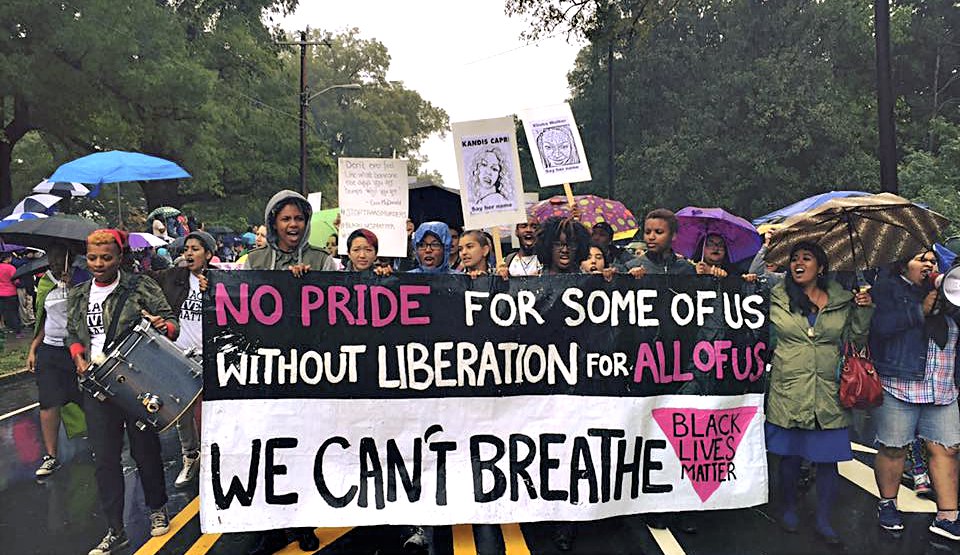
I recently heard a sound bite from a protestor who objected to white protestors being called “allies” because everyone should be just people protesting a common problem. But whatever the label, straight white people who want to work against prejudice (the attitude) and discrimination (the practices) that have unfairly and harmfully impacted minority and LGBTQ people need to understand at a gut level what it’s like to be “other.” They need empathy.

And that’s where reading comes in. Individuals still must make the effort to diversify—one might say “normalize”—their own experience through conscious reading choices. Author Gail Carriger credits Mercedes Lackey’s Heralds of Valdemar books with validating her experiences as child and influencing queer representation in her own books. On her blog, Carriger writes, “Her books were/are important because in them queer wasn’t a big deal. It just was.”
Sadie Trombetta at Bustle Magazine recommended 23 LGBTQ books with a person of color as the protagonist. She writes, “We need to share, read, and talk about diverse stories now more than ever. There is an entire population of the country continually underrepresented or misrepresented, misunderstood, and straight up discriminated against, and we need to hear their voices.”

As recently noted by Marsha Mercer in the Richmond Times-Dispatch (6/12/20), people are grappling with these issue: 5 of the top 15 books on The New York Times list of nonfiction bestsellers (6/14/20) deal with “white privilege, how to be antiracist, how to talk about race, the new Jim Crow era, and white supremacy.”

More time at home during COVID-19 presents a great opportunity to read some of that nonfiction. Maybe start with Robin DiAngelo’s White Fragility: Why It’s So Hard for White People to Talk About Racism. This is a book I can personally recommend. James Baldwin’s Notes of a Native Son is an excellent collection of essays.
A number of websites have more suggestions for expanding your understanding and supporting diversity. “Casey the Canadian Lesbrarian” posted a list recently of 12 (Mostly) Canadian Books about Racism, Anti-Blackness, and Anti-Racism, Plus Places to Put Your Money Where Your Mouth Is. Anna Borges at Self.com put together a list of 31 Resources That Will Help You Become a Better White Ally, including suggested reading, ways to support equality, community resources, and helpful organizations. TimeOut.com has compiled suggestions from multiple contributors: These Black Women are Sharing Anti-Racism Reading Lists on Instagram as well as Black-owned bookstores where you can find these books.
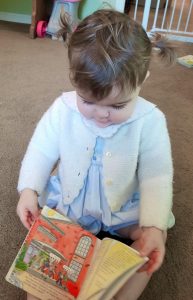
And it is tough. During the Brett Kavanaugh confirmation hearings, in an exchange with a friend from college—i.e., a friend of decades—I said that he (my friend) had the benefits of white male privilege. He claimed I’d insulted him. Even though I elaborated—said that I was not saying he hadn’t worked hard, hadn’t deserved what he earned, etc., only that he hadn’t had to overcome his gender or his skin color to be successful—he hasn’t spoken to me since.

Although nonfiction is a great source of information, facts, and talking point ammunition, there’s still a huge need for fiction’s contribution to our awareness and empathy. Reading suggestions can be found online in their multitudes. Queer Books for Teens has a list of books with Black main characters. Weird Zeal offers a list that includes books for multiple age ranges. Study Break has a list of books supporting Black and queer authors, as well as links to resources supporting both. On August 2nd of last year, Bitch Media published 7 Books by Queer Black Writers to Read in Honor of James Baldwin’s Birthday. See also book lists in Friday’s blog.

- Cristina Henriquez: The Book of Unknown Americans
- Ralph Ellison: Invisible Man
- Toni Morrison: Beloved and The Bluest Eye
- James Baldwin: Giovanni’s Room, Another Country and Go Tell It on the Mountain
- Jaqueline Koyanagi: Ascension
- Octavia E. Butler: Kindred, Parable of the Sower and Parable of the Talents
- Hannah Moskowitz: Not Otherwise Specified

- Walter Mosley: Always Outnumbered, Always Outgunned
- Zora Neale Hurston: Hitting a Straight Lick with a Crooked Stick: Stories from the Harlem Renaissance and Their Eyes Were Watching God
- Camonghne Felix: Build Yourself a Boat
- Rivers Solomon: An Unkindness of Ghosts
- Junauda Petrus-Nasah: The Stars and The Blackness Between Them
And while we’re at it, let’s go international. The U.S. doesn’t have a lock on racism, discrimination, and oppression. Several times a year, The New Yorker publishes short stories by international authors. Casey the Canadian Lesbrarian posts suggested reading lists of Canadian Black and First nations authors several times a year. These themes can be explored around the world, as shown by the rallies in cities around the world.

- Chimamanda Ngozi Adichie: Americanah
- Saladin Ahmad: Throne of the Crescent Moon
- Maxine Beneba Clarke: Foreign Soil
- Teju Cole: Open City
- Su Dharmapala: Saree
- Anita Heiss: Tiddas, Manhattan Dreaming, and Paris Dreaming
- Chinua Achebe: Arrow of God
- Wole Soyinka: Death and the King’s Horseman
- Kiran Desai: The Inheritance of Loss
- Sam Selvon: The Lonely Londoners
- Arundhati Roy: The God of Small Things
- Jean Rhys: Wide Sargasso Sea
- Rohinton Mistry: A Fine Balance
- Kamila Shamsie: Homefire
- Saleem Haddad: Guapa
- Jamaica Kincaid: Annie John and Lucy
- Nawal El Saadawi: Woman at Point Zero
- Madeleine Thien: Do Not Say We Have Nothing
- Chinelo Okperanta: Under the Udala Trees

Bottom line: in the words of Sunili Govinnage, “People of all cultures and backgrounds have valuable experiences and universal ideas to share, and we all stand to gain when those voices are heard.”


